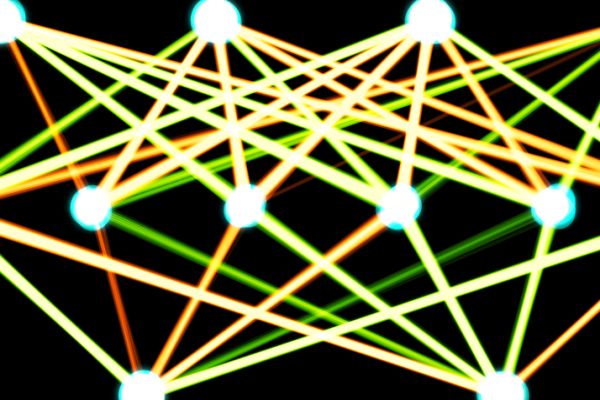Published on the 19/08/2015 | Written by Newsdesk

Convergence and connectivity is disrupting, transforming and collapsing industries, redefining the future of business and how executives will manage companies in the future, says Frost & Sullivan…
Market watcher Frost & Sullivan’s New Mega Trends ‘impact on convergence in the future’ and it has identified four types of convergence: Products, Technologies, Industries and Competition.
“Customers are no longer interested in silo based apps or services. They demand holistic solutions for their connected lives and companies understand the importance of convergence for those solutions to materialise, thus incentivising partnerships between Energy, Security, IT, Healthcare, Automotive, and other sectors,” said Andrew Milroy, SVP for ICT Asia Pacific, Frost & Sullivan.
Milroy is to present at the company’s Growth, Innovation & Leadership Congress to be held in Auckland later this month.
Identifying new convergence areas will stimulate the development of new business models and new product development. “An integral factor for growth for companies is to understand the landscape of new convergence areas and subsequent opportunities that could be generated in the future,” said Milroy.
Healthcare, energy, retail and financial services are all transforming rapidly, he continued. “We are increasingly using mobile devices to manage aspects of our lives from banking to booking flights. Digital disruptors such as Google and Yahoo have driven the transformation of the advertising industry. Amazon has driven the digital transformation of the retail industry and has recently played a pivotal role in the digital transformation of the IT industry.”
He added, “All industries will be transformed by digital technology and these transformations will have a huge impact not only on the industries themselves but also on societies and economies. It will affect the way we interact with each other, with our employers and with the organisations that serve us. It will change the way we serve our stakeholders and we manage our businesses.”
Connectivity and convergence will have a ‘massive’ bearing on business, society and personal lives and the future of all industries would be defined by the influence and adoption of connectivity.
As connectivity continues to drive convergence, companies need to identify adjacent, periphery products and services that can be added as a part of their portfolio in the future. This will define new solutions, new customers, new partnerships and new competition, he said.
Milroy will be presenting these insights in his keynote presentation Industry Convergence: The Road to Disruption at the 2015 GIL New Zealand congress on 27 August.



























